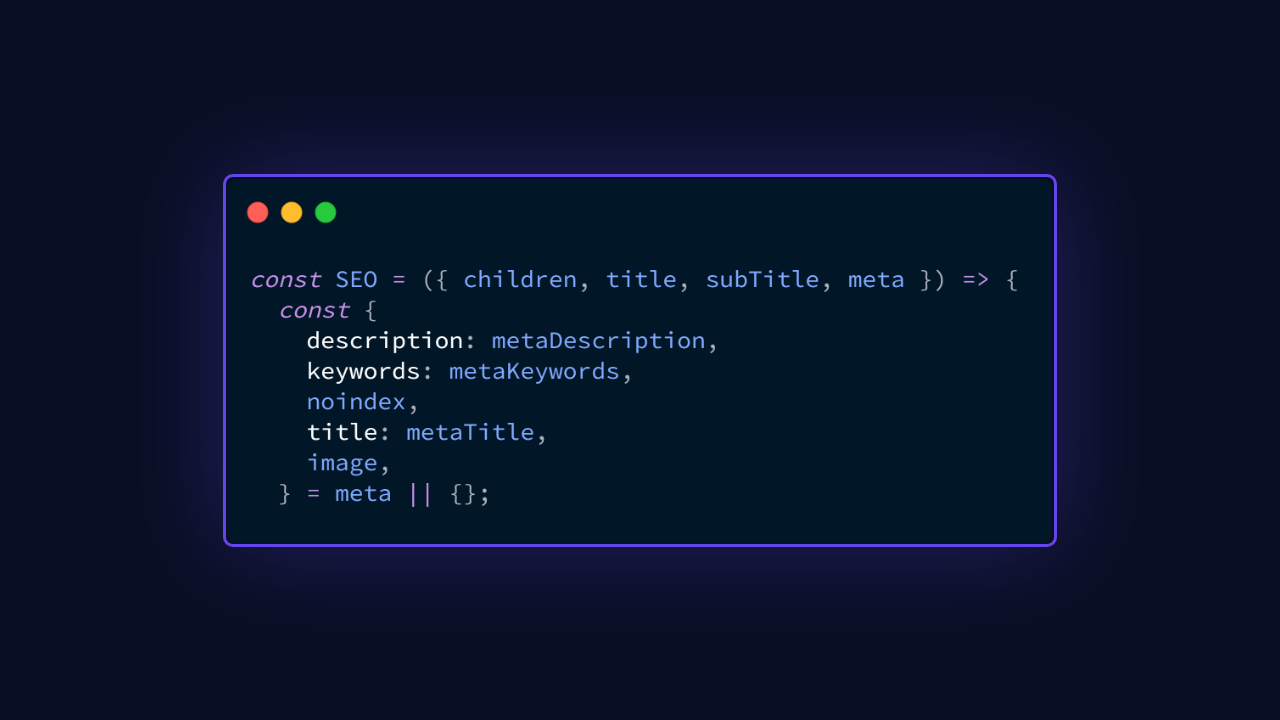Connecting Multiple Platforms Together
Conner Goldberg | May 15, 2020

1. Introduction
In this digital age, businesses rely on multiple platforms to reach their audience, serve their customers, and manage their operations. These platforms may include websites, mobile apps, distributed systems, and cloud-based software solutions. However, without proper integration, these platforms can become siloed and inefficient. Connecting multiple platforms together enables businesses to break down these silos and establish a seamless flow of data and information.
2. Understanding the Importance of Connecting Multiple Platforms
Connecting multiple platforms is essential for businesses to ensure a consistent and personalized experience for their users. When platforms are connected, customer data and preferences can be shared across different touchpoints, allowing businesses to deliver targeted content, personalized recommendations, and tailored experiences. Moreover, integrating platforms improves operational efficiency by automating processes, reducing manual work, and eliminating data duplication.
3. The Role of Content Hub in Platform Integration
A content hub plays a pivotal role in platform integration by serving as a centralized repository of content and data. It acts as a bridge between different platforms, allowing them to access and share information seamlessly. A content hub enables businesses to manage their content efficiently, ensuring consistency and coherence across platforms. It also facilitates content syndication, enabling businesses to distribute their content across multiple channels.
4. Connecting Websites and Mobile Apps
Websites and mobile apps are two key platforms that businesses use to engage with their audience. Connecting these platforms enables businesses to provide a consistent user experience across devices. By integrating user authentication, preferences, and browsing history, businesses can offer personalized content and recommendations to their users, regardless of the platform they are using.
5. Distributed Systems and Cloud Integration
Many businesses rely on distributed systems and cloud-based services to manage their operations. Integrating these systems with other platforms allows businesses to leverage the benefits of cloud computing, such as scalability, flexibility, and cost-efficiency. By connecting distributed systems and cloud services, businesses can ensure a seamless flow of data and operations across their infrastructure.
6. Leveraging Software Solutions for Seamless Integration
Software solutions play a vital role in connecting multiple platforms together. Integration platforms and middleware provide tools and frameworks to connect different systems, applications, and databases. These solutions enable businesses to establish communication channels, transform data formats, and orchestrate processes across platforms. They also offer monitoring and management capabilities, ensuring the smooth functioning of the integrated ecosystem.
7. Harnessing the Power of AWS Regional Services
Amazon Web Services (AWS) provides a wide range of regional services that facilitate platform integration. AWS offers services like Amazon Simple Queue Service (SQS), Amazon Simple Notification Service (SNS), and AWS Lambda that enable businesses to build scalable and distributed applications. These services allow businesses to connect and coordinate different components of their platforms, ensuring reliable and efficient communication.
8. Ensuring Scalability and Flexibility in Platform Integration
Scalability and flexibility are vital considerations when connecting multiple platforms together. As businesses grow and evolve, their platforms need to accommodate increasing traffic, user demand, and data volume. By designing a scalable and flexible architecture, businesses can ensure that their integrated platforms can handle the growth without compromising performance or user experience.
9. Overcoming Challenges in Connecting Multiple Platforms
Connecting multiple platforms together comes with its own set of challenges. These challenges include data compatibility, API integration, security, and maintaining consistency across platforms. To overcome these challenges, businesses need to plan their integration strategy carefully, choose appropriate technologies and tools, and establish robust governance and security measures.
10. Best Practices for Successful Platform Integration
To achieve successful platform integration, businesses should follow these best practices:
- Clearly define integration goals and requirements.
- Work closely with a team that shares a similar culture and vision as you
- Choose integration technologies and tools that align with your business needs.
- Design a scalable and flexible architecture.
- Implement proper data governance and security measures.
- Establish monitoring and management mechanisms.
- Test and validate the integrated platform thoroughly.
- Continuously optimize and improve the integrated ecosystem.
11. Conclusion
Connecting multiple platforms together is essential for businesses to thrive in today's digital landscape. It enables businesses to provide a seamless and personalized experience to their users, streamline their operations, and stay competitive. By leveraging content hubs, software solutions, cloud services, and best practices, businesses can overcome integration challenges and build a robust and connected ecosystem.



